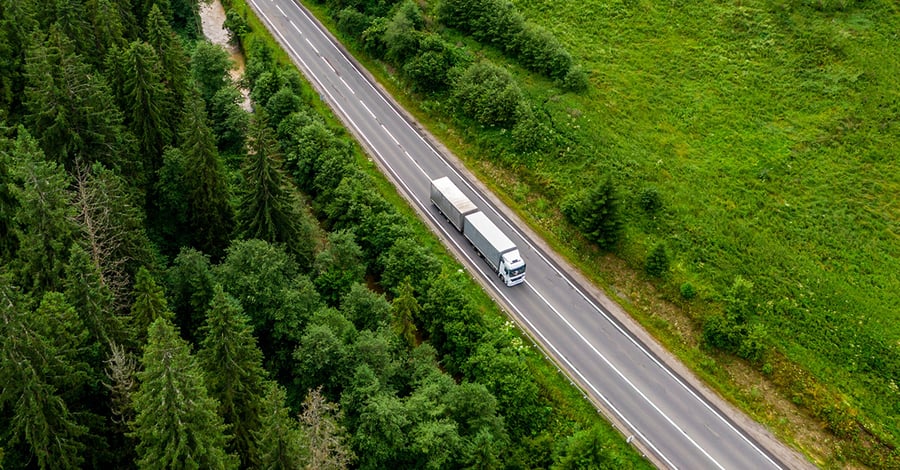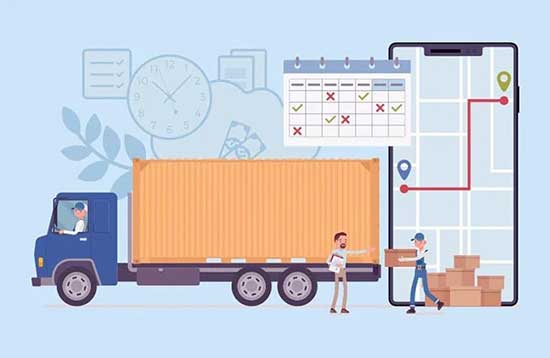
Sustainability in Logistics: Green Technologies and Practices
Sustainability in Logistics: Green Technologies and Practices
8:43
Published :

The logistics industry, a vital cog in the global supply chain, has a significant environmental footprint. The transportation of goods across vast distances, coupled with energy-intensive warehouse operations, contributes substantially to carbon emissions and environmental degradation. As the world grapples with climate change and resource depletion, the pressure is mounting on logistics providers to adopt sustainable practices.
Governments worldwide are implementing stricter environmental regulations, while consumers and businesses are increasingly demanding sustainable solutions. 3PL providers, in particular, are at the forefront of this sustainability movement. By embracing eco-friendly technologies and practices, 3PLs can not only reduce their environmental impact but also enhance their brand reputation and gain a competitive edge.
Why Sustainability is Critical for 3PL Providers
Sustainability is not just a moral obligation but a strategic imperative for 3PL providers. Several key factors underscore its importance:
The 3PL industry is undergoing a green revolution, driven by increasing environmental concerns and stringent regulations. To stay competitive and responsible, 3PL providers are adopting cutting-edge technologies to enhance sustainability.

As the world becomes increasingly conscious of its environmental impact, 3PL providers are taking steps to adopt sustainable practices. Below are some points in which transportation management systems (TMS) and warehouse management systems (WMS) help:
TMS software and WMS software are powerful tools that can significantly contribute to sustainability efforts within supply chain operations. By optimizing processes, reducing waste, and minimizing environmental impact, these systems enable businesses to operate more efficiently and responsibly.
By leveraging the power of transportation management systems and warehouse management systems, businesses can significantly reduce their environmental footprint, enhance operational efficiency, and contribute to a more sustainable future
In an era of increasing environmental consciousness, 3PL providers have a pivotal role to play in building a sustainable future. By embracing innovative technologies like transportation management systems and warehouse management systems, implementing efficient practices, and prioritizing transparency, 3PLs can significantly reduce their carbon footprint and contribute to a greener planet. From energy-efficient warehouse operations and eco-friendly transportation solutions to responsible waste management and carbon offsetting initiatives, the opportunities for sustainable innovation are vast. The future of logistics lies in sustainable practices, and 3PL providers that embrace this vision will thrive in the years to come.
Enterprise asset management (EAM) involves the management of mission critical assets of an organization throughout each asset's lifecycle. EAM is used to plan, optimize, execute, and track the needed maintenance activities with the associated priorities, skills, materials, tools, and information. The aim is to optimize the quality and utilization of assets throughout their lifecycle, increase productive uptime and reduce operational costs.
Enterprise asset management (EAM) involves the management of the maintenance of physical assets of an organization throughout each asset's lifecycle. EAM is used to plan, optimize, execute, and track the needed maintenance activities with the associated priorities, skills, materials, tools, and information.
The software helps in effective maintenance of assets through preventive, predictive, shutdown and breakdown maintenance strategies. The system also helps enterprises mitigate equipment risks by enhanced safety standards. The streamlined operations and improved asset performance helps organizations increase their investment effectiveness.
EAM is important because it helps organizations track, assess, manage and optimize asset quality and reliability. Asset intensive Organizations have hundreds, thousands, even millions of assets which needs to be maintained to maximize / optimize life of these assets to increase the return on investment.
The key features of effective EAM are:
Asset Intensive companies under the following Industries :
Contact us for a meeting and schedule a demo
This differs on case to case basis, based on the type of installation and unique industry specific requirements. Contact us for a meeting and schedule a demo.
This differs on case to case basis, based on the type of installation and unique industry specific requirements. Contact us for a meeting and schedule a demo.
Stay Connected, follow us on LinkedIn / Twitter to know more about EAM Software latest trends.

All Rights Reserved. © Copyright 2024. Ramco Systems.